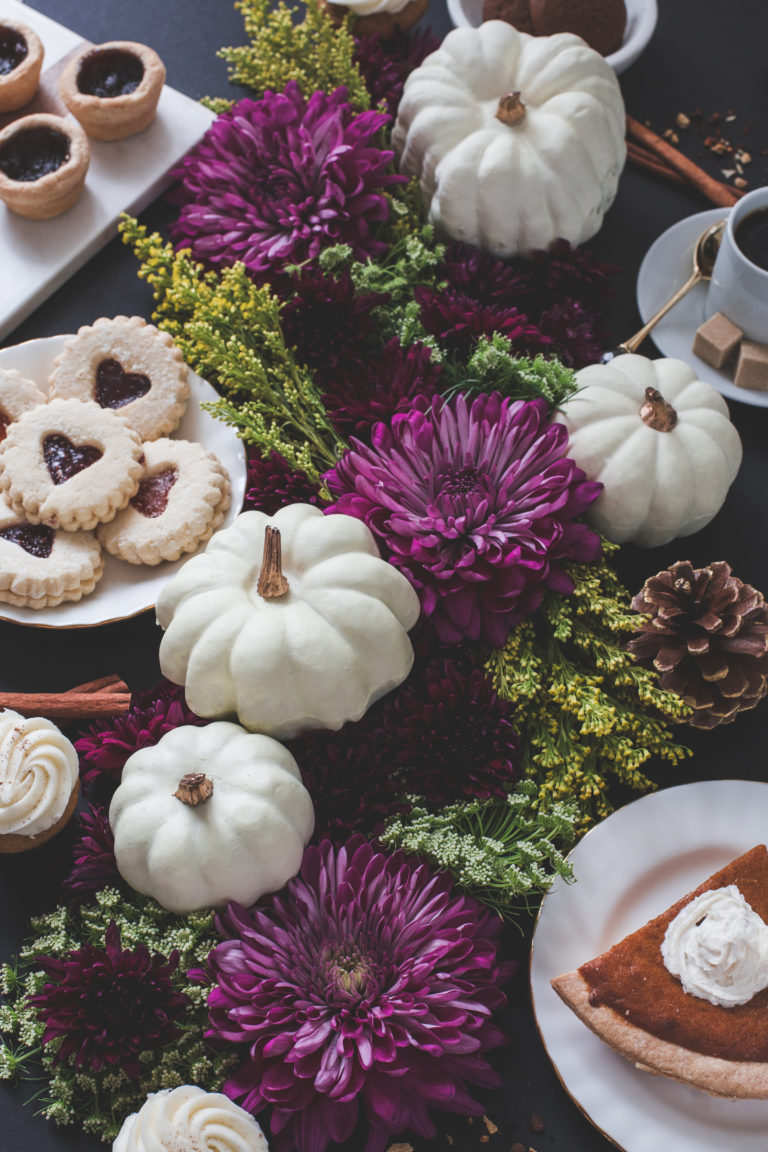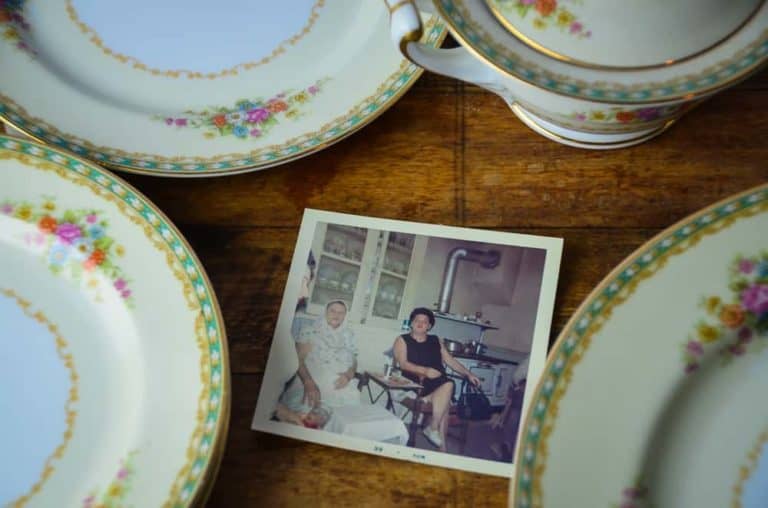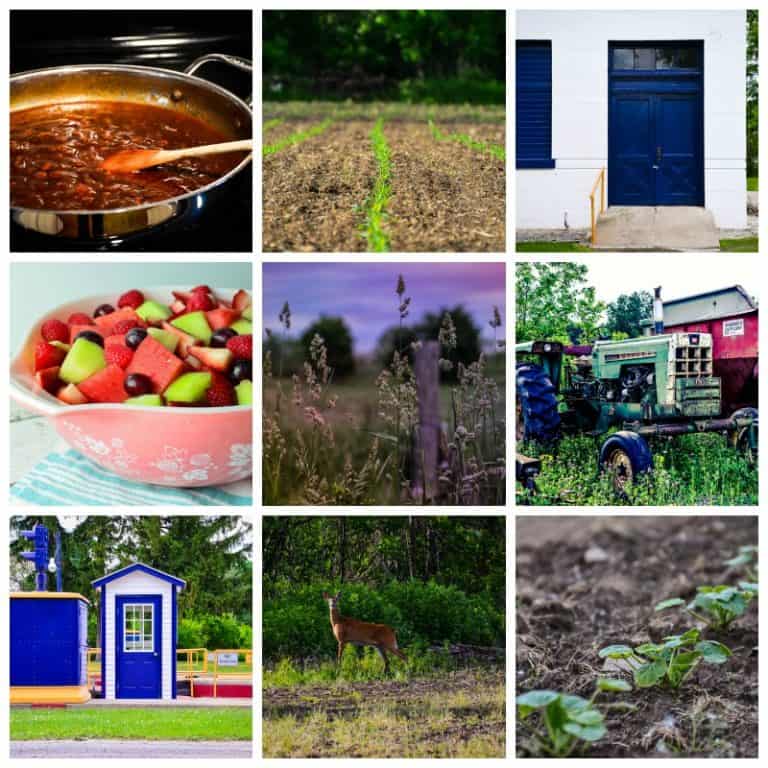Rooted in Memory

There was a time when flower gardens seemed a frivolous luxury to me, a mere fanciful indulgence far removed from the practicalities of raising a young family and tending crops on a farm. Yet, life, in its unfolding, brought a shift in my perception of flower beds.
I found myself in midlife captivated by the lush, storybook charm of English cottage gardens, brimming with rambling roses, foxgloves, hollyhocks, and lavender. Inspired, I began investing in perennials like daylilies, roses, and phlox. I was enjoying my budding garden, yet struggling with the constant battle against weeds, and never fully embracing the art of gardening. It was a half hearted attempt and I kind of resented the time and effort it demanded.
The year of my mother’s passing marked a transformation in my gardening journey. It evolved from a hobby I kind of didn’t like into a fervent, therapeutic venture—a physical manifestation of my inner turmoil. I began what my husband referred to as “aggressive gardening.” I was digging new beds and reclaiming forgotten corners with a shovel, pulling small trees with a tractor, working under the hot sun, my skin drenched in sweat, hands blistered. In the rhythmic motion of digging, pulling, and planting, I found solace. There was anger and sorrow in each movement, a tangible grappling with loss.
This labor, as demanding as it was, became a ritual of healing. Every bead of sweat, every aching muscle, felt like a small tribute to my mother’s memory. The garden was transforming into more than a patch of land; it was a canvas where I could paint my feelings, a place where sorrow was transformed into growth, loss into beauty.
Gradually, the fierceness softened into tenderness, and my once aggressive gardening morphed into a nurturing ritual. Coneflowers, sedum, zinnias, snapdragons, and roses started to adorn my beds. The garden, initially a battleground of grief, blossomed into a sanctuary of peace and reflection.

I spent time at the nursery selecting plants and flowers to fill my own little version of the English cottage garden. It wasn’t long before I was spending a small fortune at the nursery, so I started to look for other ways to fill my garden spaces. I began to seek out and add plants that had been divided from the gardens of friends and family.
My beds became a beautiful hodge-podge of handed-down plants from neighbors and family members. These exchanges became more than just a means to populate my garden; they became acts of community and storytelling.
Each plant came with its own history, a narrative of where it had been and who had nurtured it. My mother’s hostas, irises kindly offered by a neighbor, peonies relocated from a historic home in town, and primroses that journeyed from a Seneca Falls farm to a local farm, that now cheerfully grace my spring garden. Each division brought with it a story, and a piece of someone else’s life.
Not only did these plants, new to my garden, fill its empty spaces, but I also found myself empathizing with their journeys. Their transplantation from one environment to another echoed my own struggles in adapting to new circumstances. In caring for these plants, I learned the virtue of patience, realizing that some required considerable time to establish and flourish. I discovered that perseverance is not always about dramatic displays of strength; this was particularly true as I observed the primroses endure transplant shock. After planting the small lump of primroses, I feared they might not survive as they withered away quickly. Yet, to my surprise, they greeted me with dainty yellow blooms the following spring, defying my expectations. My garden, through these experiences, evolved into a vivid metaphor for life’s fluctuations — a reflection of both resilience and renewal.

As seasons pass, the garden blooms with a tapestry of memories, each plant a living testament to resilience and growth. I started to see my garden not just as a collection of plants, but as a living mosaic of shared experiences, where every flower and shrub held a fragment of a story, a piece of someone’s heart.
Walking through this garden became a journey through a memory lane that was not only mine but also of those who contributed to its beauty.
In this garden of shared legacies, I found a profound connection to my past, to the people in my life and community, and to the cycles of life and loss. It became a place where joy and sorrow coexist, where the past is honored and the present celebrated. The garden full of its transplanted plants taught me the beauty of letting go, of adapting to change, and of finding strength in vulnerability.
In the end, what started as a means to channel the restlessness from my mother’s loss, flourished into a journey of healing and shared connections. The garden, with its ever-changing landscape, became a sanctuary for reconciling the ebb and flow of life.
I’ve come to understand that gardens are profound teachers. They remind us that in nurturing the earth, we are, in essence, nurturing ourselves. Every seed sown, every flower nurtured, is a step towards inner healing and growth. The garden, in its resilience and beauty, reflects our own capacity for recovery and renewal. It stands as a living testament to the restorative power of nature, reminding us that amidst change and loss, there is always the potential for new beginnings and growth.
Gardens are more than just aesthetic retreats; they are havens for the soul, where memories linger and new ones take root.








Awesome content – thank you!!
I’m glad to see how great my Mom In Laws primroses are doing. I also brought ‘Surprise Lilies’ from my family farm in Farmington. My connection to my home. Like you, I found comfort, or purpose, is weeding, digging, and transplanting my flower beds when having lost family members. Then rewarded the next year with new beauty. Now today – Bluebells – in memory of a neighbor.